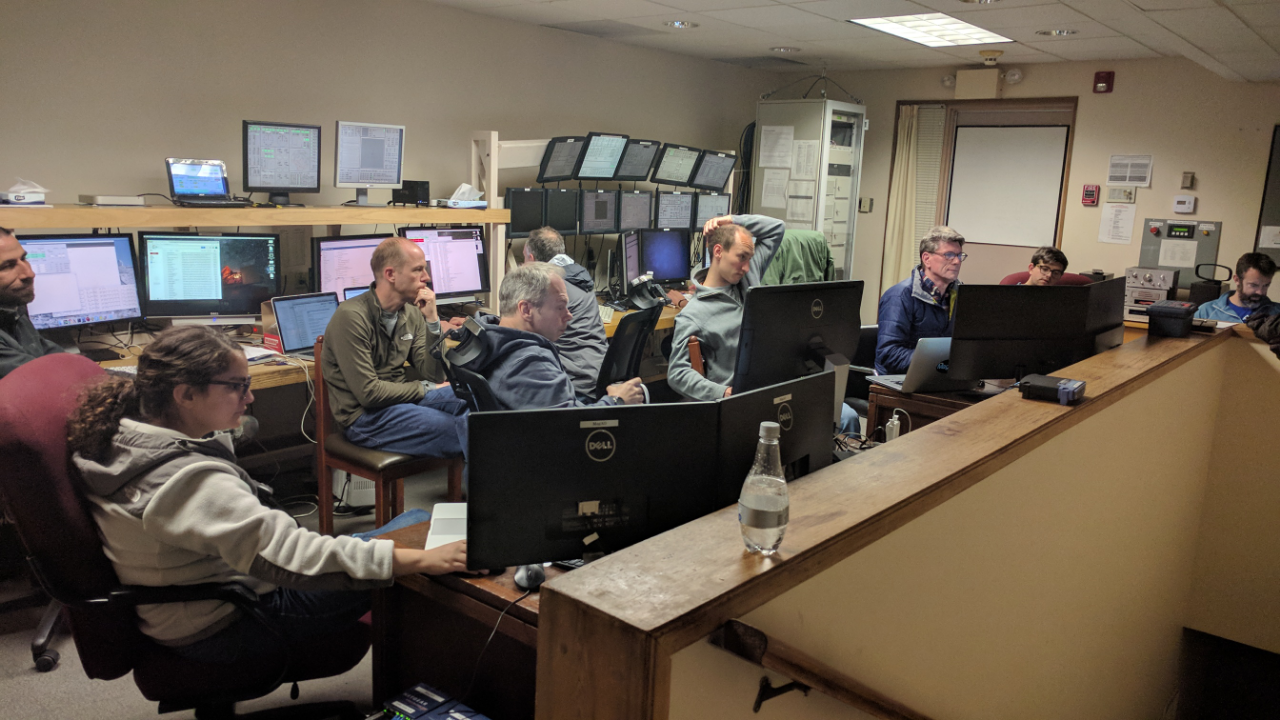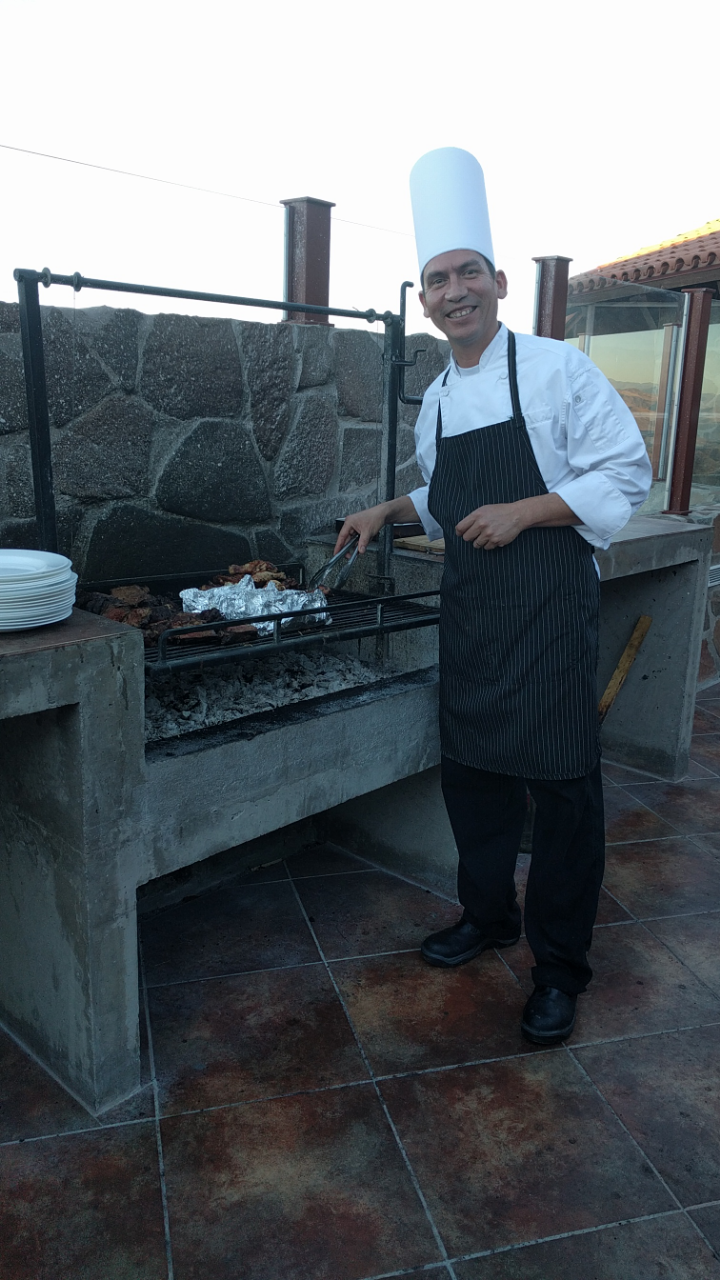It’s the fourteenth sixteenth blog post for this run, but it’s my first ever post for the MagAO blog. I’m Joseph Long, a just-finished-first-year graduate student in astronomy working with Dr. (Astr.?) Jared Males. I’m helping out as an AO operator for part of this run, though it may be more accurate to say everyone else is helping me learn to operate MagAO.
Tonight is a bit of a change from the last few nights: Clio has gone on a vacation to the storage building and a new instrument has been installed. Brian McLeod and the rest of the Giant Magellan Telescope co-phasing prototype instrument team are all here, and we’re quickly running out of chairs. The instrument they bolted on today is designed to demonstrate the ability to phase the Giant Magellan Telescope’s primary mirror segments by treating the 6.5 m Regular Magellan Telescope’s single primary as if it were segmented. (“It had better be in phase!” — Jared) Dedicated readers may recall Derek Kopon’s post from December 2015, which explains some of the motivation and techniques for this project.

MagAO grew up with VisAO and is good friends with Clio, but is less well-acquainted with the phasing prototype. This means a lot of playing around with stage offsets and rotator angles to get light into the instrument. After fifteen or twenty minutes of manually commanding stage positions in 0.2 mm increments, one’s mind starts wandering to new user-interface paradigms that don’t involve punching in absolute stage positions every few seconds. (Fortunately, Laird and Jared have a workaround: get the graduate student to do it.)
This whole experience brings back memories of KAPAO and Pomona College, but I have to say Las Campanas has the superior facilities. I’m speaking, of course, about the lodging and food.

I’m not sure I ate anything but fistfuls of chocolate-covered espresso beans while on Table Mountain as an undergraduate, so I feel very well taken care of here at Las Campanas.
As someone who grew up in a big city, I can sometimes forget what the night sky is supposed to look like. (Except for the occasional citywide blackout, I remember the night sky as a comforting dark orange.) The view of the Milky Way before moonrise here is spectacular. Of course, I spend most of my night looking at this kind of thing:

The night sky is hard to photograph (just ask the Clio and VisAO PIs), so instead I’ll leave you with a photo of the Magellan Clay telescope greeting the sunrise.

Because blog posts have rules, I have a thematically appropriate song by Spoon: “I Turn My Camera On”…
…and a cover, by Rock Kills Kid…